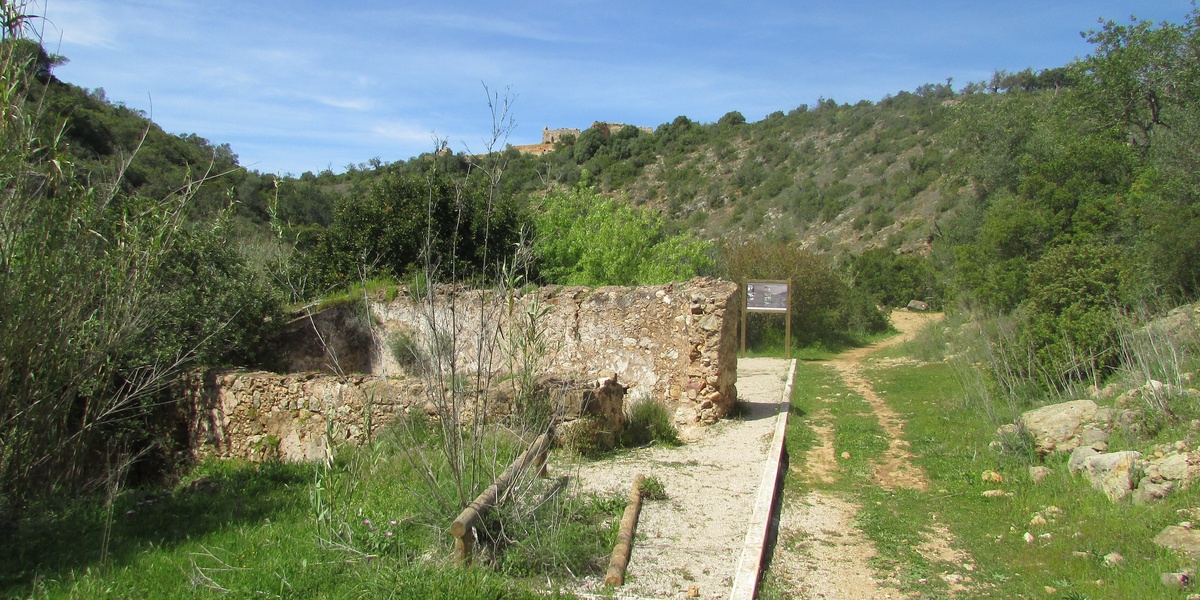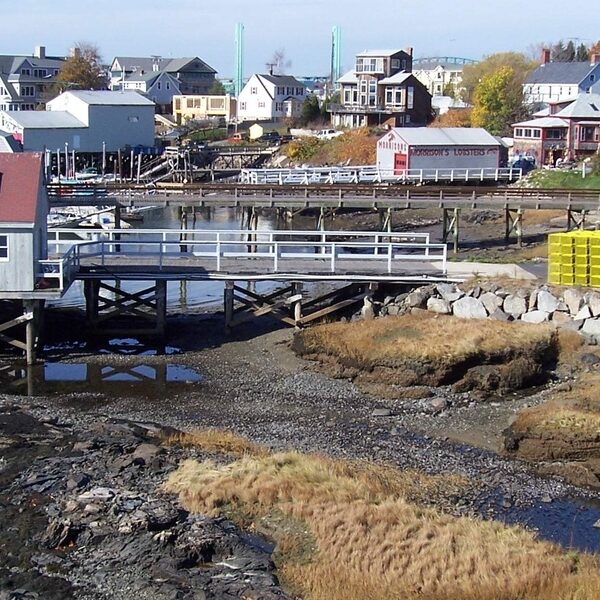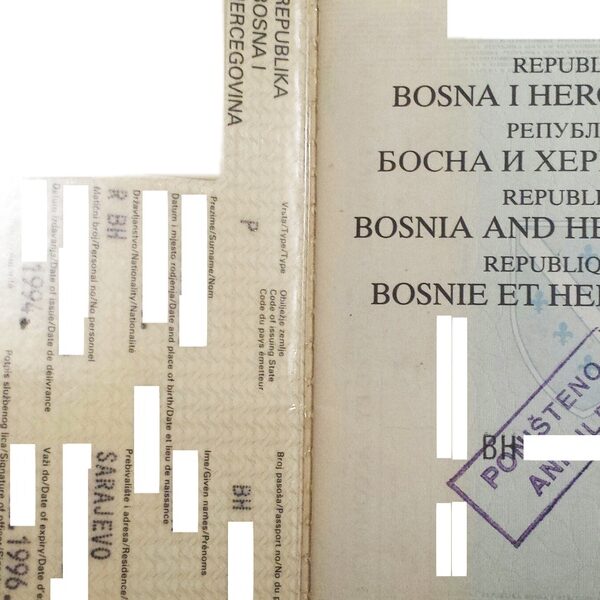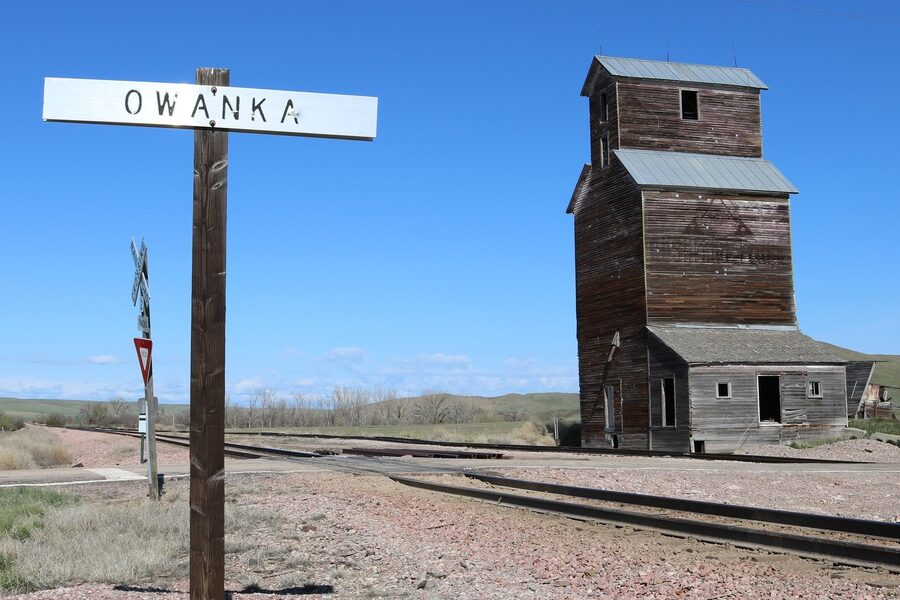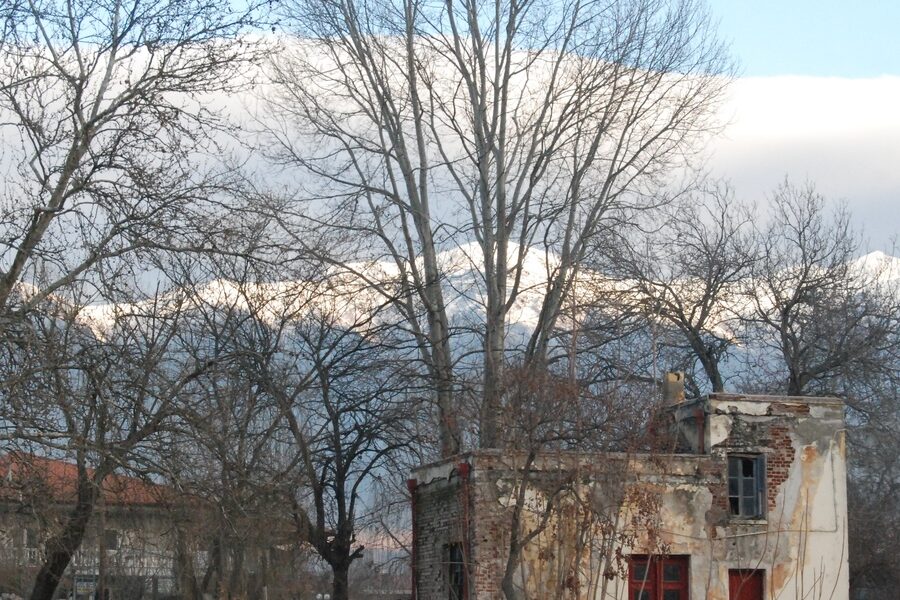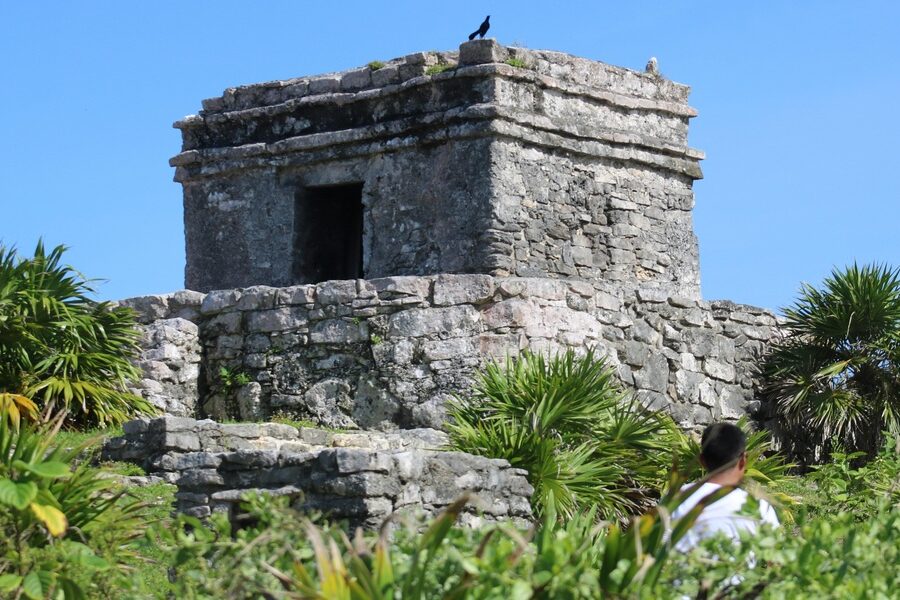No entries meet the strict definition of “Ghost Towns in Portugal”
Portugal has no towns that meet a strict, verifiable definition of “ghost towns” for this complete list. No place is both fully abandoned, intact, and documented enough to include without risking error.
The phrase “ghost town” here means a settlement with no permanent residents, intact buildings, and clear public records of abandonment. Portugal shows long-term rural depopulation, but most places are either partly inhabited, reclaimed, demolished, relocated, or legally owned and maintained. That mix makes fully verified ghost towns rare or non‑existent under these strict criteria.
Several technical and historical reasons explain this. Land and property laws, family inheritance, and municipal records usually keep villages on the books even after people leave. Many emptied hamlets are gradually reused as holiday homes, restored under programs like the Aldeias do Xisto, or cleared after fires. Some communities were moved because of dams and reservoirs, and their traces sit underwater or as ruins that are not continuously accessible. These realities prevent a clean, reliable list of true ghost towns.
Look instead at close matches and related categories that do exist. Visit nearly‑abandoned schist villages such as Piódão or other Aldeias do Xisto that feel deserted at times but still host residents. Explore ruined rural hamlets and monastery ruins, submerged settlements exposed at low water, and disused industrial or mining sites. For this topic, consider “almost abandoned villages,” “ruins and submerged villages,” and “derelict industrial sites” as useful alternatives to a strict ghost‑town list.

